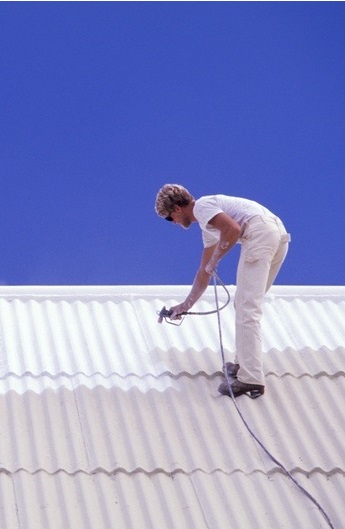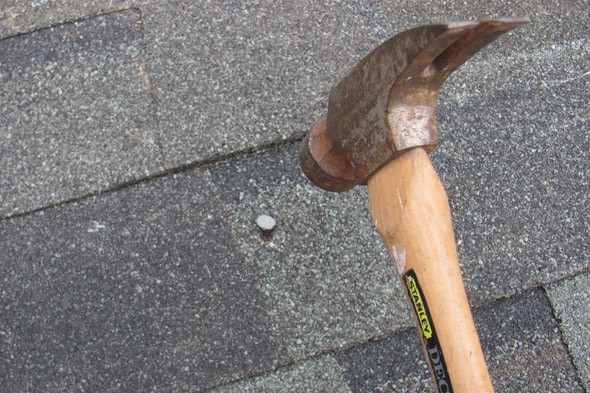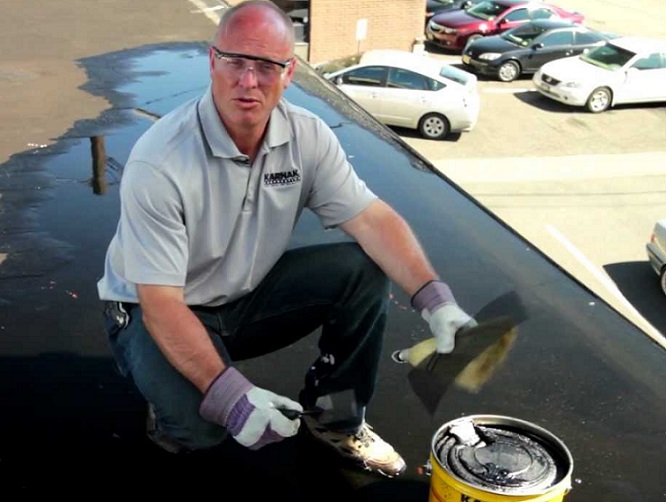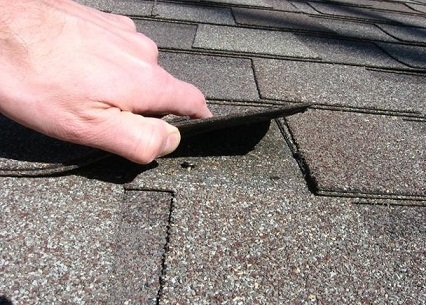Factors to Consider when Repairing a Leaky Roof
Repairing a leaky roof is important because it prevents further damage that could cause an entire costly roof replacement. The roof is an important part of any home or business enterprise because it is one of the most noticeable features. It also protects the building occupants from vagaries of weather and intruders. The following are important factors to consider when repairing a roof that is leaking.
The cost of repairs
Roofs can be made from numerous materials. These include steel, aluminum, modified bitumen, asphalt shingles, EPDM and many more. The repair costs for roofing materials is not similar, which makes it necessary to budget properly before the exercise is commenced. The rates charged by a roofing contractor for labor has to be considered too because some charge by the hour while others charge per project. It is advisable to select a roofing contractor who charges a flat rate for the entire project because hourly charges can be costly if there is additional work needed on a roof than planned.
The roof’s condition
All buildings should have an annual roof inspection to identify damaged sections and the extent of the damage. It is during these inspections that it’s possible to find that the leaky roof is damaged to a point that a replacement is the only viable option. There are numerous factors that contribute to damaging a roof. These include storms, hurricanes, heavy snowfall, prolonged exposure to strong chemicals, and proximity to a large water body resulting to exposure to salty air, age and impact. Roofing experts, thus, recommend owners of buildings to refrain from repairing their roofs where the damage exceeds thirty percent of the roof’s total surface.
The age of the roof and its expected useful life
The number of years that a roof has been in use is a determining factor of whether to repair a roof or opt for a replacement. This factor presents challenges to owners of structures who bought buildings with a roof in place because they cannot accurately determine the age of the roof or its lifespan. It, therefore, becomes necessary to hire roofing experts to estimate the age of the roof and to give recommendations on the most appropriate action to take. Where building owners are sure about the age of the roofs, they are advised to conduct repairs every two to four years after installation to prevent any problems from enlarging, which could be costly.
Warranties during roof installation
- Professional roofing contractors offer warranties after the installation of roofs. Roofing supplies manufacturers also offer warranties when purchases of materials are made. These are offered to protect the owners of structures from financial losses resulting from poor workmanship or defects in roofing supplies used respectively.
- It is, therefore, necessary for owners of structures to determine if the warranty period has expired before engaging in a leaky roof repair to avoid incurring costs that are covered by warranties.
The roof’s design
A flat roof is prone to more damage than a sloppy roof. This is because a flat roof tends to retain rain water and snow that can damage the surface of the roof through rot, rust and excessive weight. A sloppy roof allows water and snow to flow down easily, which ensures that contact with these agents is minimized. It is, however, easier and faster to fix leaky roof if the design is flat because it is easily accessible to the roofing contractor than it is for a sloppy roof.
The roofing contractor’s credentials
The roof is an emotional and financial investment to many building owners. It is, therefore necessary to hire a competent contractor to handle all tasks related to patching a leaky roof. The contractor should be qualified, licensed, bonded, insured and experienced. This is to ensure that the work carried out is done to the highest standards for a building owner to get value for money. They should also be certified by manufacturers of building materials to ensure that they are capable of handling the materials.
A leaky roof causes numerous inconveniences in a building, and should be repaired as soon as possible to prevent further damage. It is important to plan for the exercise to avoid repeated repairs resulting from the recurrence of the same problem.



